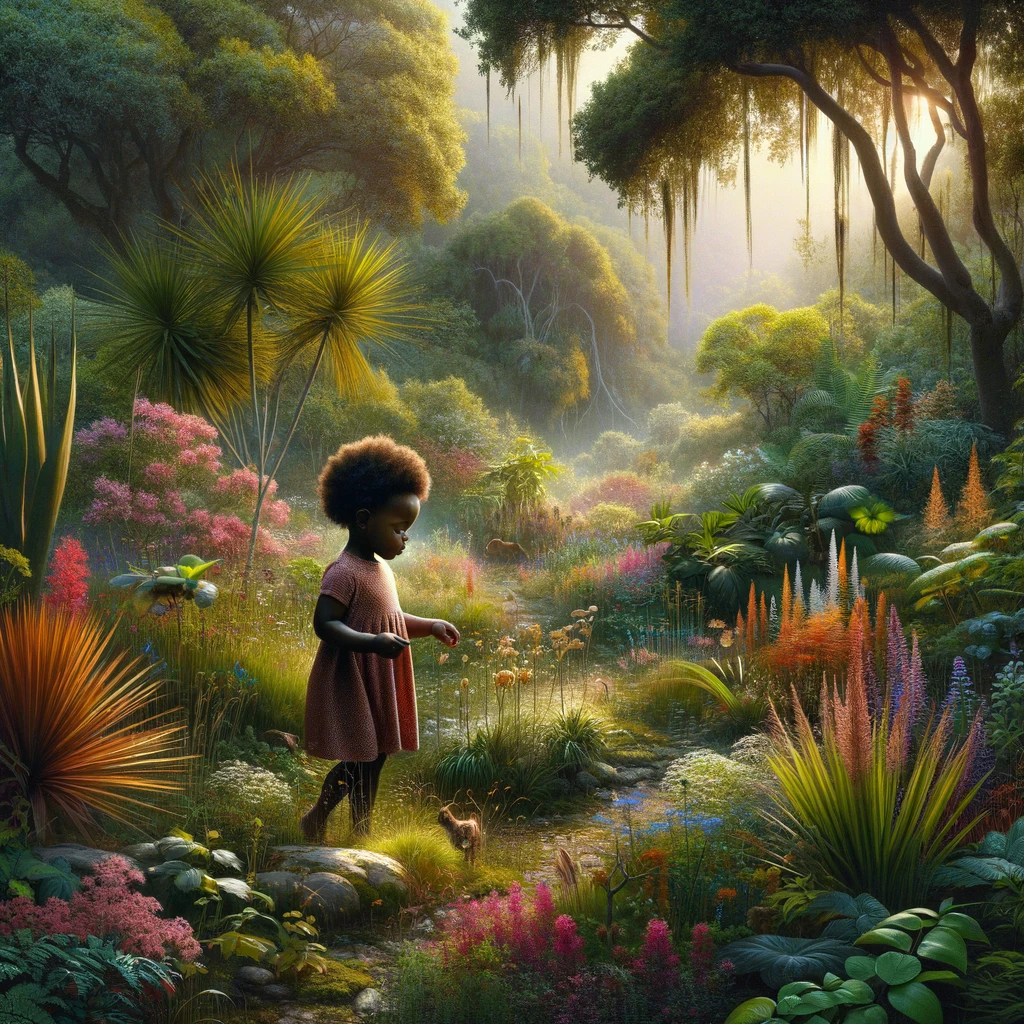Native Gardens
A garden filled with native plants is the antithesis of the suburban lawn.
Turf needs loads of chemicals, but natives grow with minimal intervention. Insects are the enemy of suburban lawns. Native plants welcome biodiversity and create shelter and food for our animal friends. Uniform green grass relies on costly (and wasteful) sprinkler systems, whereas native plants use precious resources efficiently. In short, native plants are the foundation of a healthy, functioning ecosystem.
Invasive Species & Gardening
So why do most gardeners know so little about them?
The truth is, for the past twenty years or so, the gardening community has been more concerned about controlling invasive plants than promoting native varieties. Today, a conscientious East Coast gardener may be aware that bamboo or English ivy is on every list of “plants to avoid” because of the threat they pose to natural woodlands.
But what should you plant to promote a healthy ecosystem?
The answer: native plants. A native plant grows in a particular region without direct human intervention. On the East Coast, the plants that were established before European settlement are usually considered native species.
A non-native plant has been introduced from another region, spreads aggressively, and displaces native plants. They arrive without the complement of pests, diseases, and predators with which they co-evolved. There is nothing to keep them in check, so they take over in disastrous ways.
An East Coast Native Plants Garden
The first step to enhancing your garden with native plants is to remove any invasives. On the East Coast, purple loosestrife, honeysuckle, and Bradford pear trees are some of the worst offenders.
Once you’ve done the groundwork, prepare to be amazed at the wide variety of native perennials, shrubs, trees, vines, ferns, grasses, and sedges available for your garden. Take sedges, for example. Beloved for providing interesting ornamentation in every season, nearly sixty varieties are available to choose from.
One thing to avoid: you should never collect native plants in the wild. Taking native plants from the wild depletes native populations. Also, many wild-collected plants do not survive transplanting. A reputable purveyor will know where their plants have been sourced.
Starting Your Native Garden
You can find these plants at retail gardening centers with a native plant inventory or nurseries devoted to native plants. If you can’t find a retail outlet in your area, plant catalogs like Prairie Moon are a great resource. If possible, plan to include trees, shrubs, and shorter plants to replicate a natural setting.
If planted in the right conditions, natives require minimal care. These plants are adapted to local soils, climate, and conditions and will persist through frost and drought.
At the end of the growing season, leave perennial stalks and seed heads standing and let leaf litter remain on the ground: they may shelter animals over the winter and become part of birds’ nests in the spring. Provide one or more sources of water (preferably year-round), and you will attract even more birds and other wildlife.
The more natives you plant, the more biodiversity you support, and the healthier our environment becomes!

